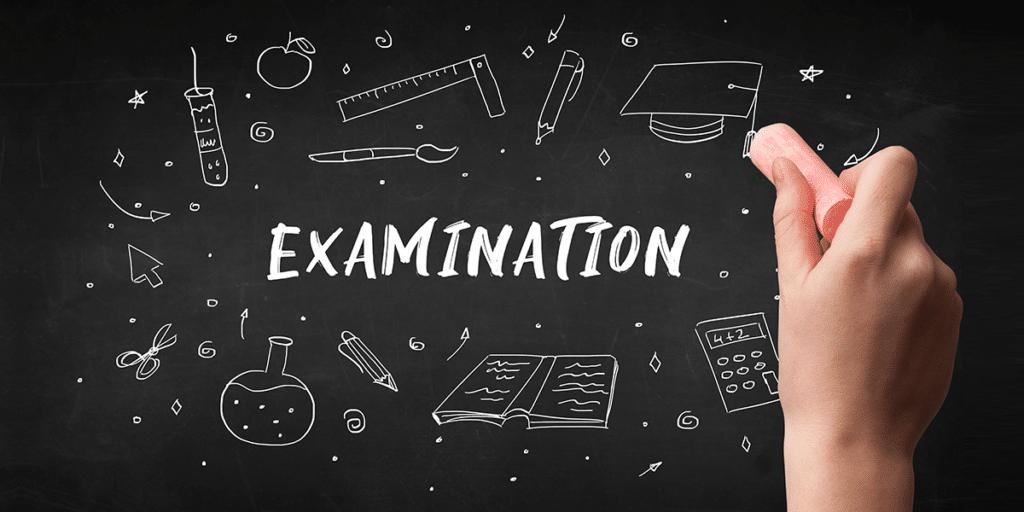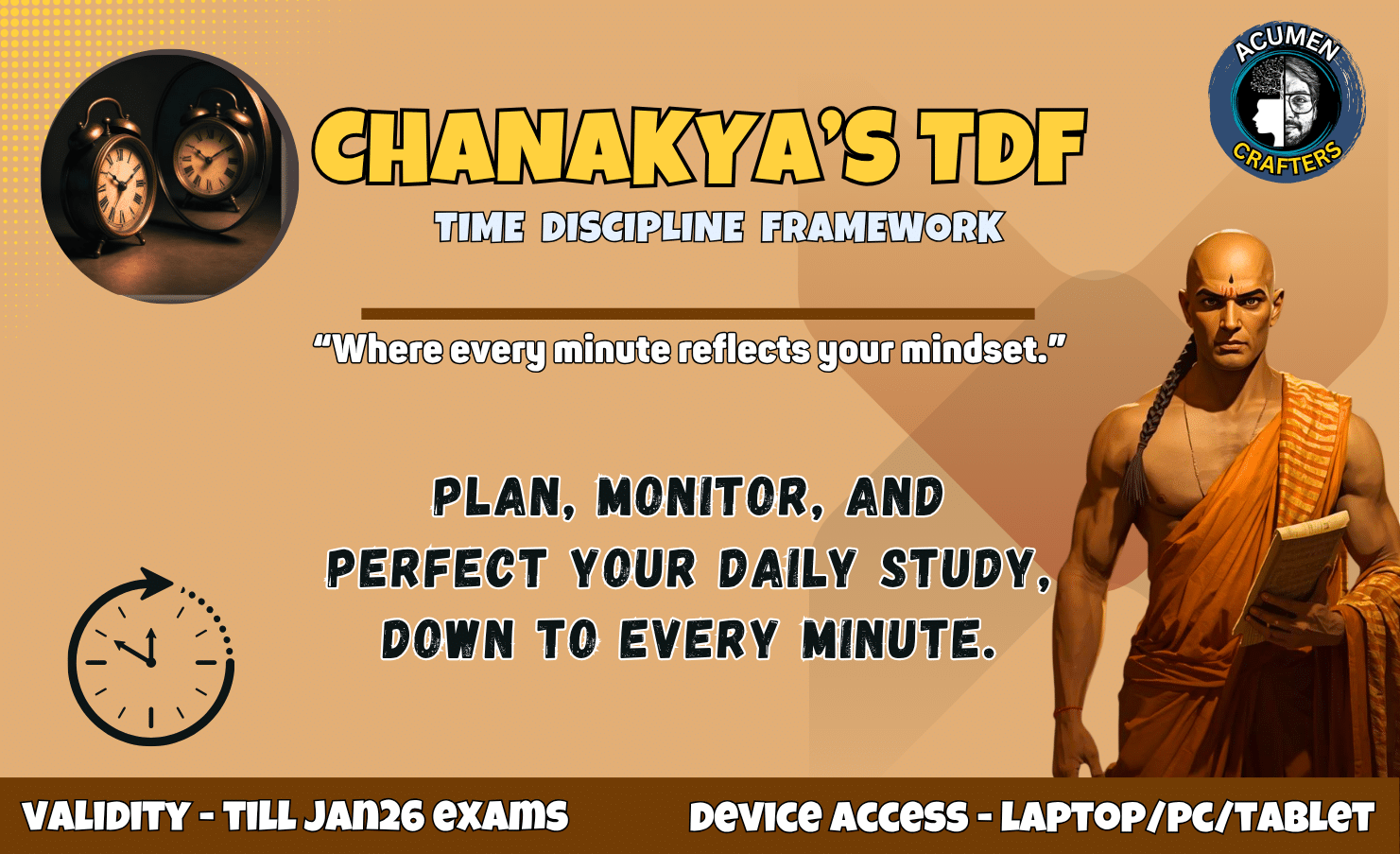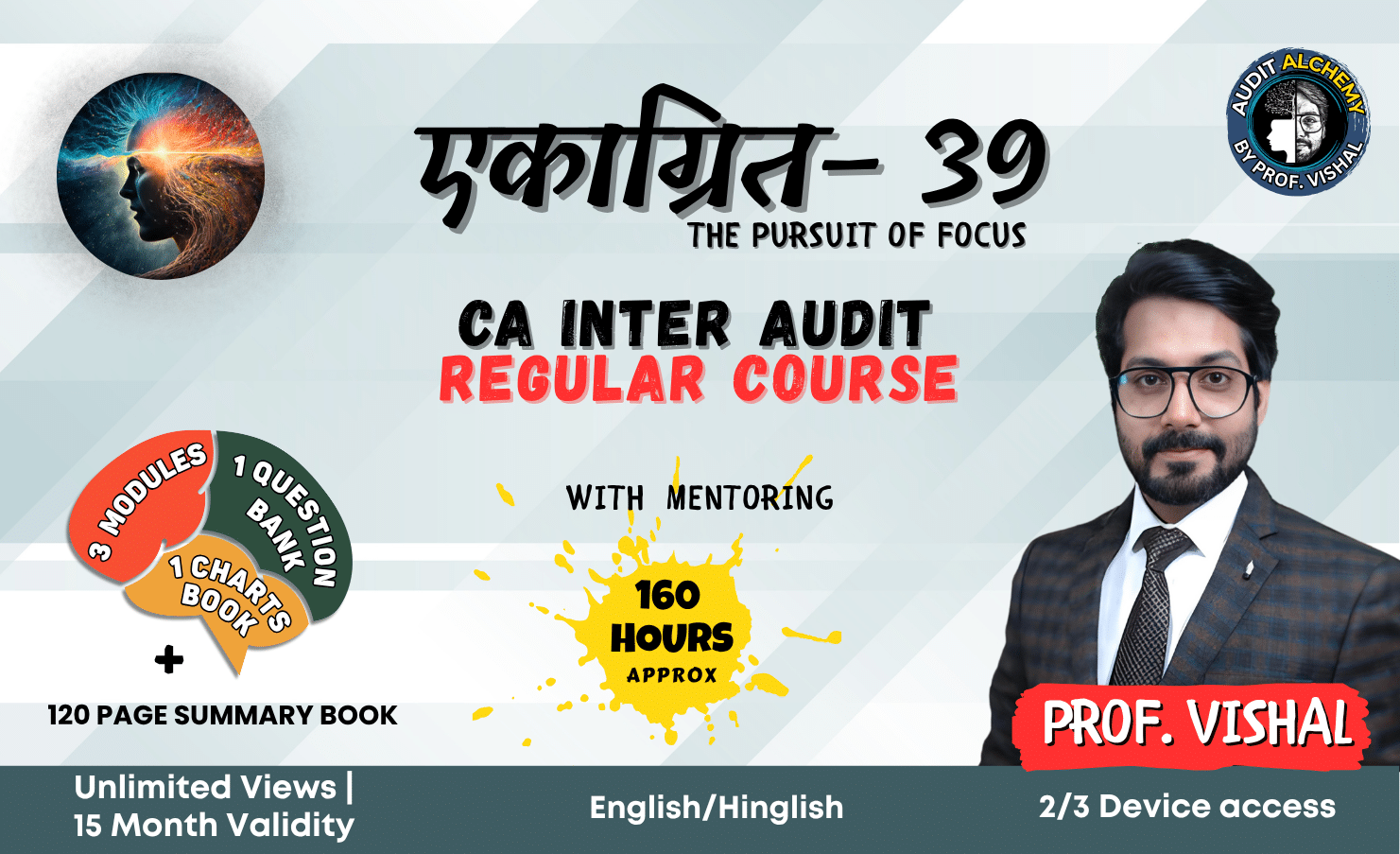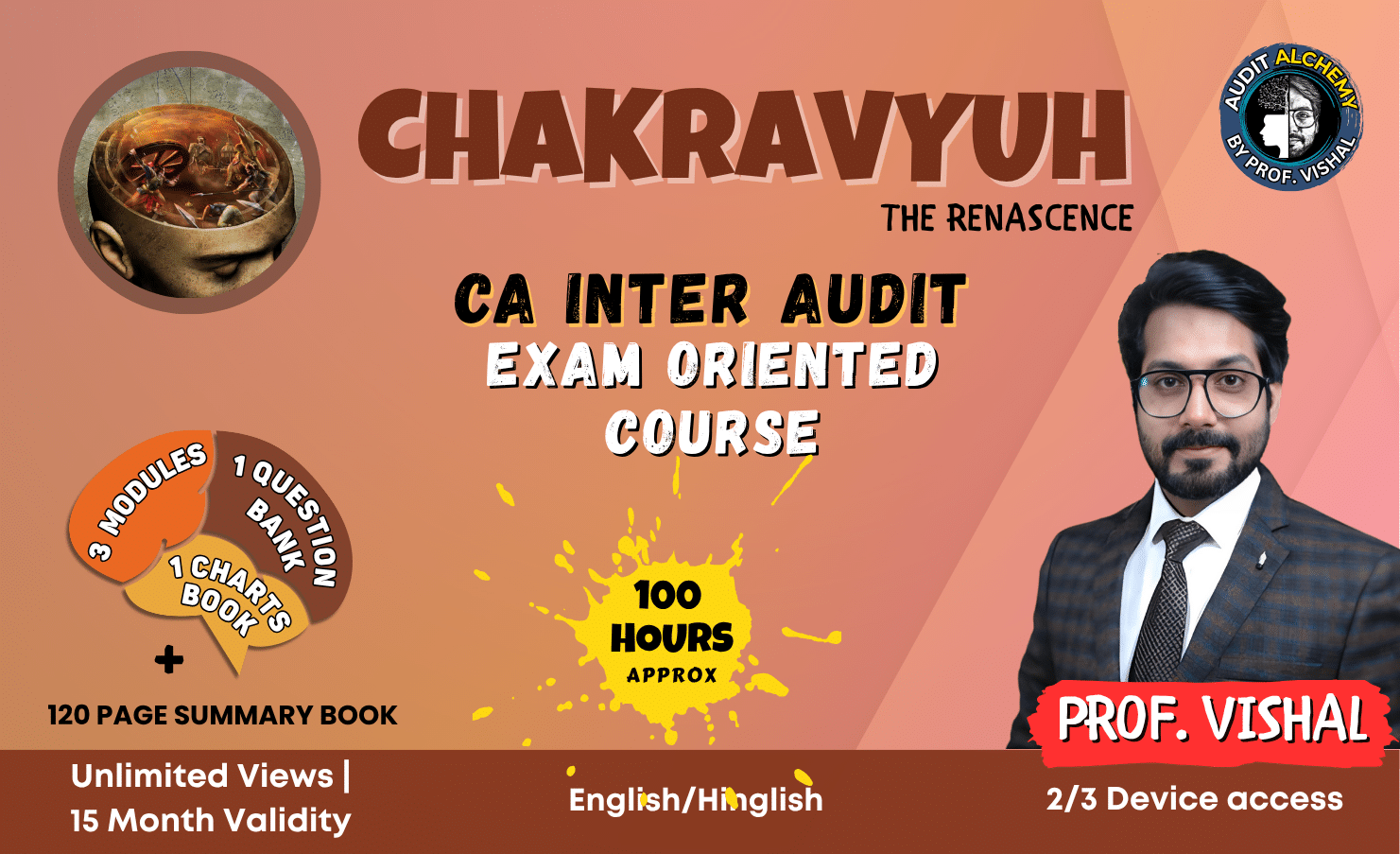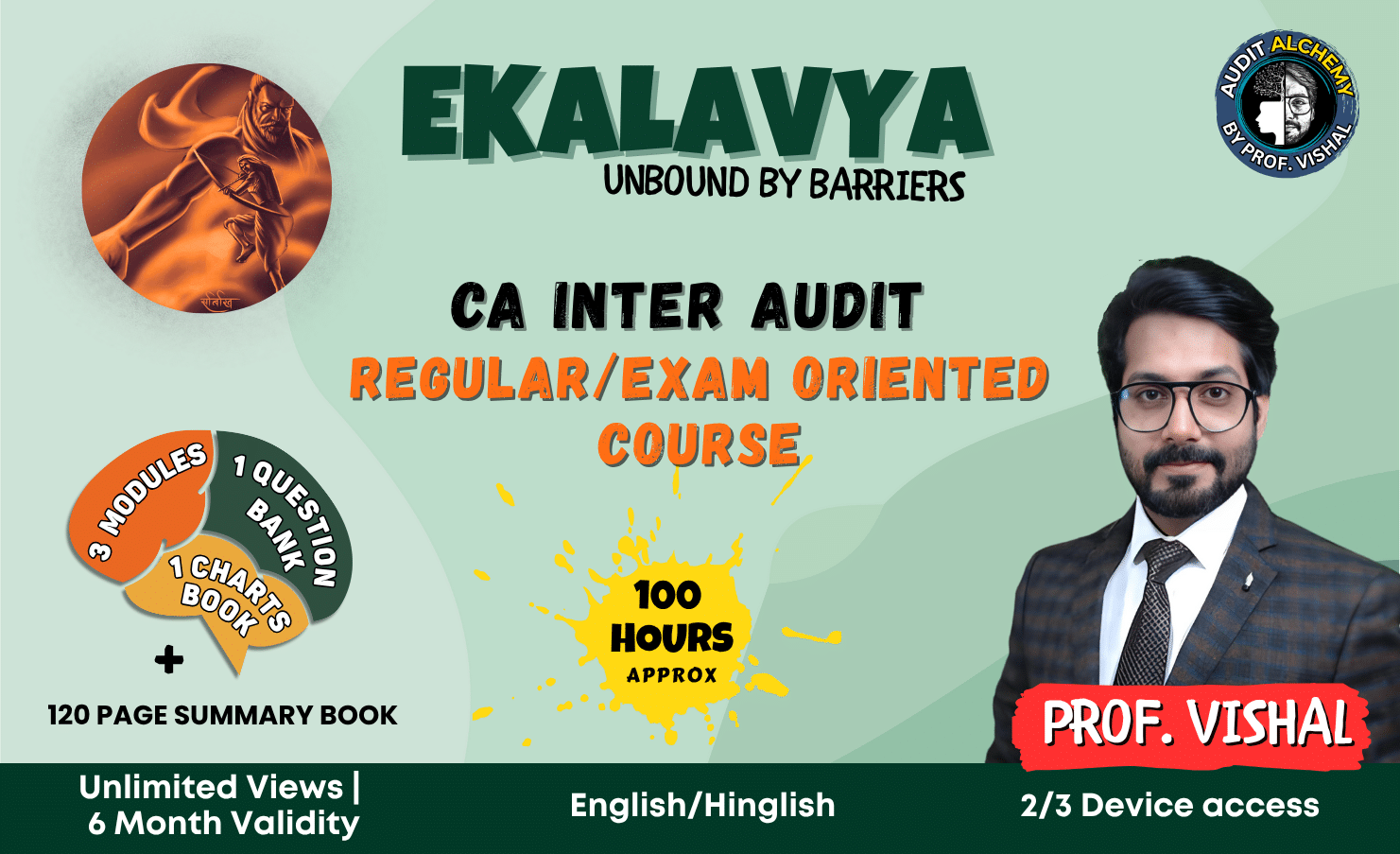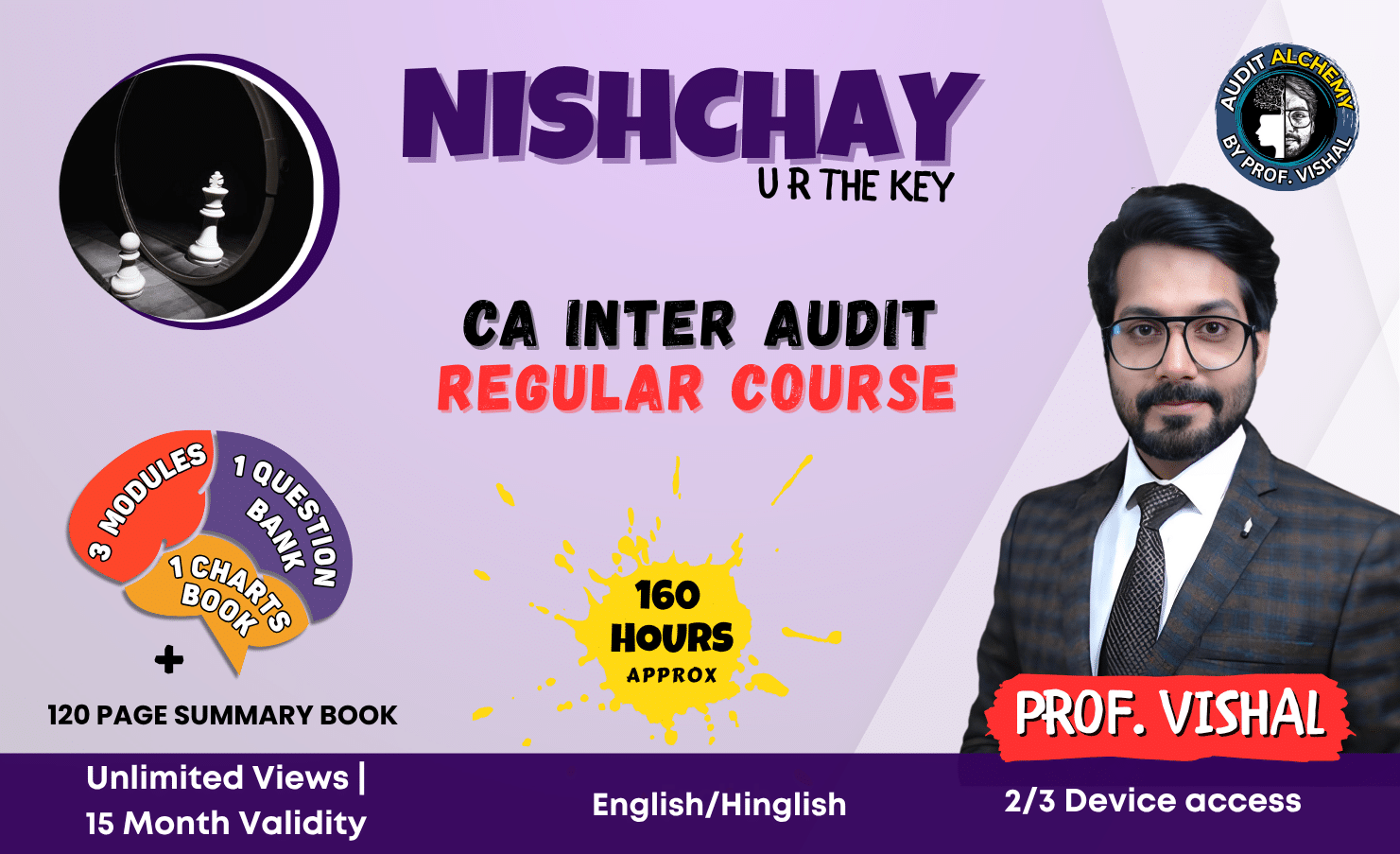While we all possess the knowledge of how to present answers during exams, it’s crucial to maintain an effective approach to presentation alongside the content, particularly in professional exams like CA. You may have noticed that there’s a consistent emphasis on answer sheet presentation in sources such as EXAMINERS’ COMMENTS, STUDENTS’ JOURNALS, and STUDY MATERIAL from ICAI and other authors.
In light of this, my intention is to offer a set of techniques and strategies that will help you enhance your answer presentation and tackle exams confidently, both at the Intermediate and Final levels. Every student taking these exams should grasp the fundamental aspects of the examination and subsequently apply the following insights.
Arrive Early: Reach the examination center at least thirty minutes before the start time. This will prevent any last-minute rush and provide you with the relaxation needed for optimal performance. A composed mind consistently outperforms a hurried one.
Strategic Reading: The fifteen minutes provided before receiving the answer sheet are invaluable. Treat this time as your planning phase for the next three hours. To maximize this time effectively:
Read the entire question paper carefully to comprehend the essence of each question. Identify questions that seem easier or more challenging for you. You can use a pencil to note these down discreetly, aiding your memory. Create a categorization of questions into easy and difficult, forming a clear roadmap for your approach.
Answer Sheet Inspection: As soon as you receive the answer sheet, inspect its pages for any defects or damages. If any issues are found, don’t hesitate to request a replacement.
Handwriting Clarity: While the institute doesn’t demand impeccable handwriting, neat and legible writing is essential. Maintain a steady pace right from the start.
Utilize Margins: Leave a margin on the right side of the answer sheet (approximately one centimeter). This adds a polished look to your answer and captures the examiner’s attention. The left margin is already present on the sheet.
Question Numbering: Place the question number in the middle of the margin, drawing the examiner’s focus. The left margin is typically used for marking.
Avoid Unfair Means: Refrain from using any phrases or symbols that could be deemed unfair means, such as “JAI MA KALI,” “JESUS,” or symbols like OM, 786, CROSS, BLOCK, etc. These could result in penalties.
Mark Attempted Questions: On the first page of the answer sheet, mark the questions you’ve attempted. This signals the examiner to review your answers, ensuring none are missed during evaluation.
Step-wise Marking: Remember that marks are allotted on a step-wise marking system. Even if you don’t complete an entire answer, correct steps in a question earn you corresponding marks. If you’re stuck, move on to another question to avoid time wastage.
Pen Selection: Stick to using blue or black ballpoint pens. Blue pens are highly recommended. Avoid using gel pens or pens of other colors.
Answer Format: Tailor your answer format to the question’s requirements. If it’s a comment, respond in a paragraph; if it’s points, structure your answer accordingly. Using points can enhance readability and yield more marks.
Underlining Key Words: Highlight crucial words in your answers to draw the examiner’s attention and potentially earn extra marks.
Importance of Working Notes: Don’t overlook the significance of working notes; they are as vital as the main solutions. Include assumptions if applicable. Remember, “working forms part of your answer.”
Format Drafting: Consider drafting formats using a pencil. However, acknowledge that unfamiliar questions might make this challenging. Don’t pressure yourself unnecessarily.
Precise Placement: If a question demands statements with amounts, write the amount on the far left margin.
Page Turnover Reminder: When leaving a blank page for future answers, write “P.T.O” (page turn over) to remind the examiner of additional content.
Continuation Note: If continuing an answer on a previously left page, mention “CONTINUED ON PAGE NO. …..” to guide the examiner. However, use this only in exceptional cases.
Incorporate Units and Details: Use appropriate units and details like rupees, kilograms, centimeters, etc. Don’t hesitate to quote relevant sections, clauses, or standards if confident.
Currency Symbol Usage: Employ the Indian Rupee symbol instead of “Rs.” for expressing amounts in rupees.
Attempt All Questions: Aim to answer all questions, even if you possess limited knowledge on a specific topic. Every mark counts.
New Page for New Questions: Start a fresh page for new questions or sub-questions.
Understand the Question: Clearly grasp the question’s requirements before answering. The asking part is crucial, and the provided data informs your response.
Strategic Approach for Practical Questions: For practical subjects like accounting, taxation, costing, and financial management, attempting theoretical questions first can aid your overall strategy.
Structured Theory Answers: When addressing theory questions, include headings and underline them. This structured approach improves readability.
Paragraph Spacing: Leave a line after each paragraph in theory answers for improved visual clarity.
Appearing for Both Groups: Opt for both groups when possible. If you’re close to passing one group and have surplus marks in another, they can balance out.
Avoid Discussing Papers: Refrain from discussing your exams with anyone. It can negatively impact your mindset and subsequent performance.
Tackling Lengthy Questions: Consider saving lengthy questions for later in your exam. This approach allows you to secure marks for simpler questions earlier.
By adhering to these proven examination techniques, you’ll enhance your presentation, boost your confidence, and perform remarkably in your CA exams. Remember, a strategic approach, along with effective presentation, is key to achieving success in professional examinations.


